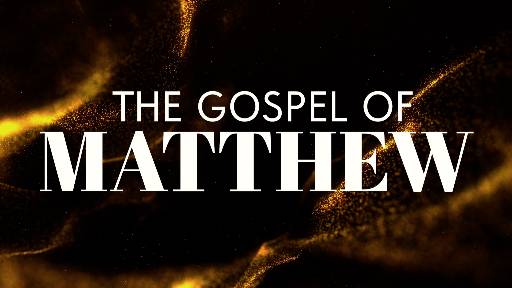-
The Transformation
Contributed by W Pat Cunningham on Nov 28, 2017 (message contributor)
Summary: Jesus renews the ancient Hebrew Passover meal and gives it a new reality in the true Lamb of God.
December 29, 2008
Sacramentum Caritatis
The new priest offered his first sermon to his congregation. As the people left, many stopped and complimented him on his preaching. He thanked them, went through the week and, the next Sunday, noticed a larger congregation. Some of the parishioners looked at each other during the sermon quizzically. It certainly seemed a lot like his first one. On the third week, he delivered the same message again. The parish council, incensed, met with him after Mass. “Why are you preaching the same sermon over and over again?” they asked. His answer? “Well, I’m waiting for you to do something in response to this one.”
By making the meaning and reality of this Eucharistic sacrificial meal to be his once-for-all sacrifice on Calvary, Jesus takes the ancient Hebrew Passover meal and makes it new. The Church Fathers said figura transit in veritatem: The figure passes away into the Truth. “The ancient rite has been brought to fulfillment and definitively surpassed by the loving [sacrificial] gift of the incarnate Son of God.” St. Thomas wrote dat figuris terminum in the beautiful hymn Adoro Te, Devote. He has given us the end and purpose of the image of the sacrificial Lamb in Himself, offered on the cross. As the Jewish priests were slaying thousands of lambs for the Passover celebration on that Friday, Jesus, the True Lamb of God, was making an end of that figurative sacrifice with his own lifeblood, dripping from his five wounds.
John tells us today to obey the command of Christ. His command at the Last Supper is do this in remembrance of me. Jesus asks us to respond to the gift of life and make His life sacramentally present for all generations. The remembrance consists not just in repeating the Last Supper, but in this radically new Christian worship–the Eucharist. “The Eucharist draws us into Jesus’s act of self-giving.” This substantial conversion of bread and wine into the body and blood of Christ introduces within creation “the principle of a radical change,” a change “meant to set off a process which transforms reality–leading ultimately to the transfiguration of the entire world, to the point where God will be all in all.” The Holy Father challenges us to see what happens here on this altar as the same kind of revolutionary event as the discovery of nuclear fission or fusion. After this transformation, the world cannot be the same again–and neither can we.

 Sermon Central
Sermon Central



